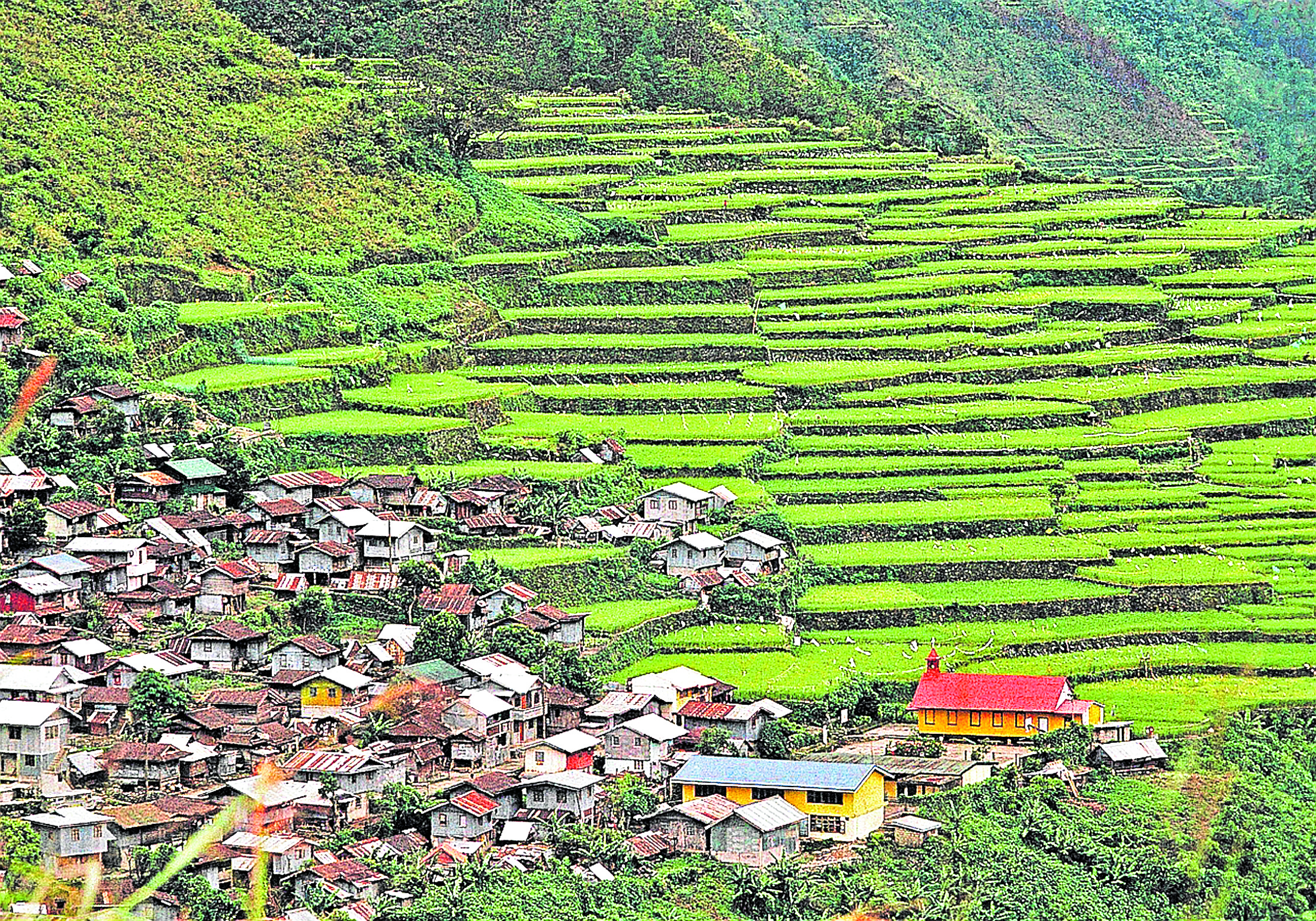
CONNECTING LIVES Farming communities in the mountains of the Cordillera suffer from poor telecommunications signal and internet connection due to their terrain. But this is expected to change now that the national broadband network has been improved by the government. EV ESPIRITU
BAGUIO CITY, Philippines — The long-awaited “Baguio Broadband Network” that was promised by former Information and Communication Technology Secretary Gregorio Honasan in 2020, may start serving the local government’s smart city program in May, the Department of Information and Communication Technology (DICT) said on Tuesday.
Towers put up on Mt. Pulag and mountains in the towns of Kibungan, Kapangan and Bokod in Benguet province are also ready to use microwaves to transmit digital data once the Cordillera and Baguio receive their bandwidth allocation next month, said Allan Lao, DICT Cordillera technical operations chief, during the launch of the regional innovation exposition “CordiNNOVATION.”
READ: Phase 1 of national broadband program done by December, says DICT
Conceived in 2015, the National Broadband Network, now referred to as the National Fiber Backbone (NFB), was finally activated by President Ferdinand Marcos Jr. on April 19, when he opened government bandwidth that initially connects Quezon City to the Ilocos provinces.
Bandwidths refer to the amount of digital information that is transmitted at a given moment, so more bandwidth speeds up the transmission of data like videos, books and other documents.
The NFB serves as the government-operated public digital highway that would deliver internet connectivity to all points of the country, and sustain the government’s public Wi-Fi services.
Fiber optic
It took nine years to develop the program, which required DICT and different telecommunications companies to install subterranean fiber optic cables, while linking up fiber cables in Baler, Aurora, with undersea cables connecting to California in the United States.
The companies continued the process in Baguio and parts of the Cordillera mountains despite the COVID-19 pandemic.
On Sept. 26, 2020, Honasan signed a memorandum of agreement with Baguio Mayor Benjamin Magalong for a dedicated Baguio broadband to facilitate the city’s shift to automation.
At the time, Magalong needed to boost connectivity after schools were told to shift to online classes because of community lockdowns and mobility restrictions due to the COVID-19 pandemic.
The mayor said Baguio broadband would increase the city’s current bandwidth of 5 gigabits and commercial service providers could raise this to as much as 15 gigabits.
ENJOYING TECH In this 2016 photo, a group of Cordillera men scans social media posts through a smartphone during a lull in a community festival. EV ESPIRITU
‘Sandbox’
Speaking at CordiNNOVATION, Magalong said the infrastructure required to use the NFB was already in place, and would aid not just the Baguio smart city program but also sustain the city’s current role as the “sandbox” or testing ground for the Bangko Sentral ng Pilipinas’ digital payment campaign. BSP’s Paleng-QR was piloted in Baguio in 2022, and would require continuous public Wi-Fi services.
The mountain terrain has blocked telecommunication signals in some parts of the region, DICT learned.
But taking advantage of the region’s topography, Lao’s team designed a network of microwave towers that were already up in the Cordillera mountains as an alternative way of transmitting data to Benguet and Mountain Province.
Lao said the first stages of this network are in place in the mountains of Kibungan, Kapangan and Bokod in Benguet, as well as in Pulag, Luzon’s highest peak, which straddles Benguet, Ifugao and Nueva Vizcaya provinces.
DICT first announced the activation of the government’s internet backbone last week at this year’s ClickConex (2024 Convergence of Luzon ICT Champions, Conferences and Exhibitions), which was held in Baguio.
Magalong also spoke about Baguio’s smart city program at ClickConex, which could be operational by 2027.

